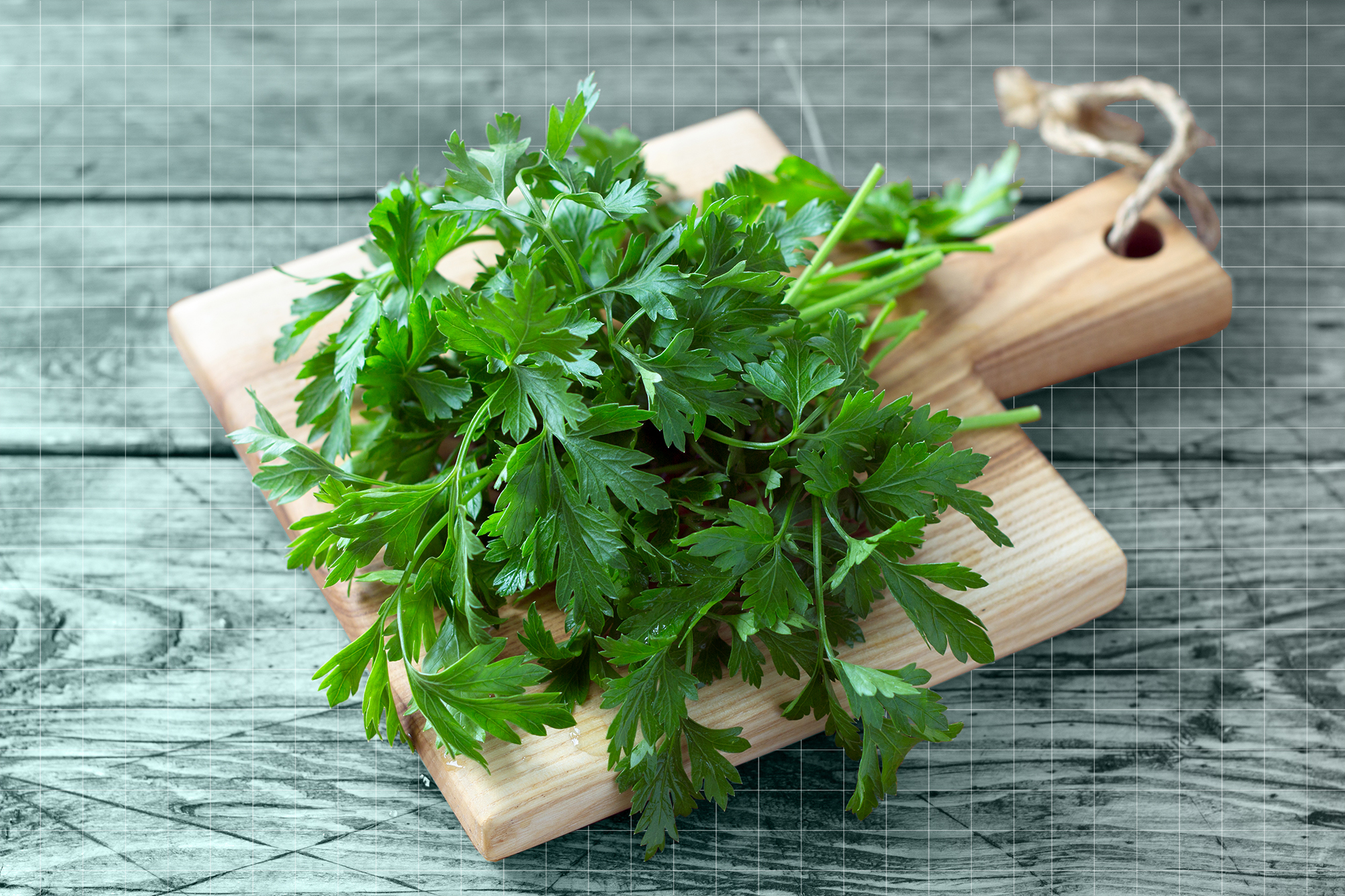
Biennial herbaceous plant that grows up to 50 cm tall and is glabrous and fragrant. It has deep green, lustrous leaves that are triangular in shape and can be more or less curly depending on the type. It has little yellowish green or white blooms that bloom in the summer, from June to September. Brown ovoid diachenes are the fruits of this plant. Each achene has a seed that is flat.
The curly parsley variation Petroselinum crispum, with fine serrated leaves, is more cold resistant and less aromatic than the typical parsley variety Petroselinum sativum, with flat leaves, which is less decorative, more productive, and more aromatic. It should not be confused with hemlock (white or larger hemlock), which is deadly and has poisoned renowned individuals throughout history.
Family: Umbelliferae.
Soils: Light, fresh, high in organic matter, calcium-rich, well-drained, and pH ranging from 6 to 8.
Origin: Mediterranean basin and Sardinia.
Habitat: It is grown all over the world and naturally spreads over meadows and uncultivated regions after escaping from pots and orchards. Tolerates both sunny and partly shady environments.
Planting: In the spring, seeds are sown superficially in the final location. It is recommended that the seeds be soaked in warm water for 12 hours before planting and that they be watered with warm water. It does not respond well to transplants. It grows well in a pot as long as the container is large and receives plenty of light. To obtain seeds, some plants are allowed to blossom. It blooms in March of the second year, produces its first seeds in August, and the seeds can be stored for up to four years. We must seed parsley in August and protect it from the cold if we want fresh parsley in the winter.
Caring: Its leaves are harvested and enjoyed fresh throughout the summer. Its leaves can be kept fresh for a few days after being cut by storing them in a glass of water. They can also be frozen, but not dried, as the organoleptic qualities are lost.
Health Benefits: Iron, calcium, and vitamins A and C are all abundant. It is a diuretic that aids in the elimination of uric acid, as well as a stimulant and febrifuge. It’s called emmenagogue. Menstruation is regulated. It is harmful to cats and is not recommended for pregnant women or individuals with kidney problems.
Uses: Its leaves and seeds are used in cosmetics and fragrance, and its essence is utilized as a food flavoring. In the garden as a decorative plant.
Cooking Use: The Mediterranean diet has a lot of it. It’s usually used to dress up food. They make up the “Bouquet Garni” of French cuisine, together with bay leaf and thyme. It’s used in soups, sauces, beans, vegetables, salads, seafood, and meat, among other things. It pairs beautifully with the garlic, chives, butter, and French omelets.






